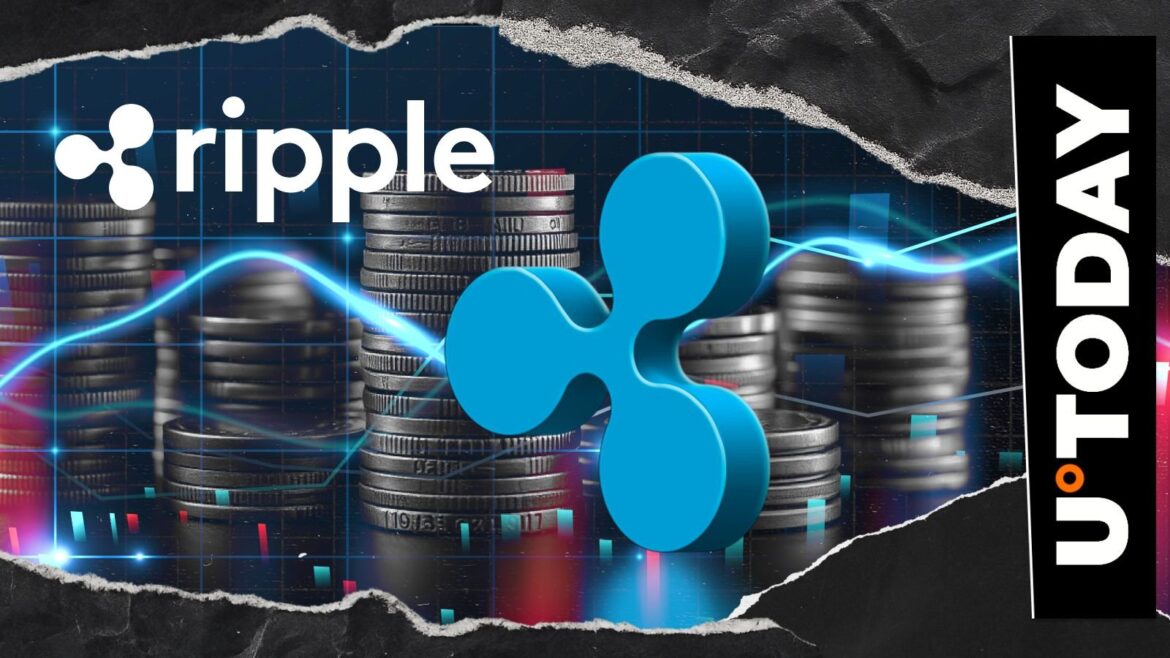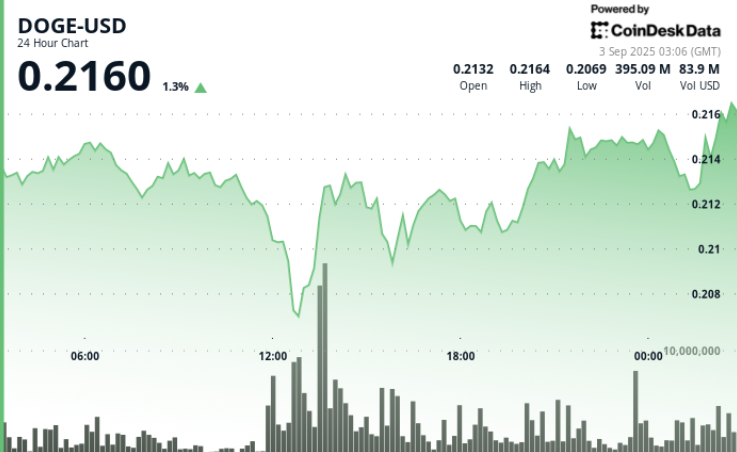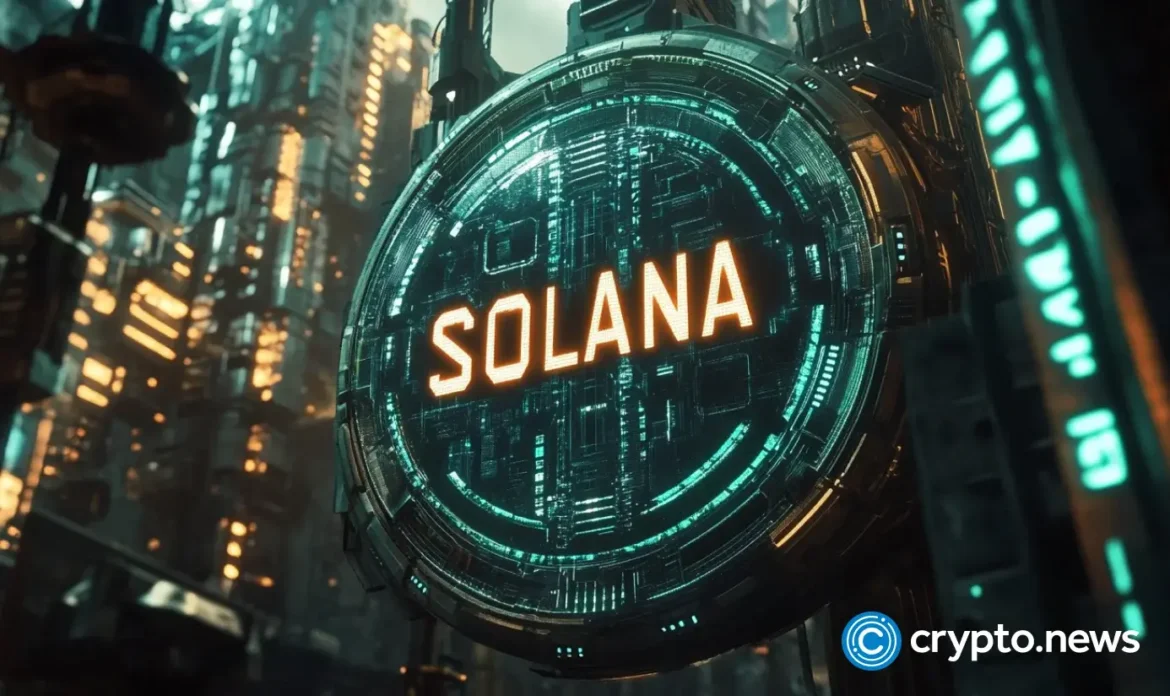Venus Protocol, a major lending platform on BNB Chain, said it fully restored operations after suspending withdrawals and liquidations in response to a suspected exploit on Tuesday.
The protocol confirmed on Wednesday that lost funds had been recovered and that the pause allowed security teams to complete full checks to ensure its front end was not compromised.
The incident, which stemmed from a malicious contract update that drained an estimated $27 million, prompted Venus to halt key functions while investigating.
Update: Venus Protocol has been fully restored (withdrawals and liquidations resumed) as of 9:58PM UTC. ✅
The lost funds have been recovered under Venus’ protection. ✅ https://t.co/y2uUwPqmtb
— Venus Protocol (@VenusProtocol) September 2, 2025
On-chain sleuths had initially flagged suspicious movements from the platform’s Core Pool Comptroller contract, which seemed to route user assets including vUSDC and vETH to the hacker’s wallet.
Despite the platform’s reassurance that funds are safe, Venus’ native token, XVS, remains down 2.69% over the past 24 hours, following a sell-off on Tuesday.
Venus said it will release a full post-mortem of the incident in due course while expressing its gratitude to the community for support during a “critical moment” on X.
It emphasized that the pause was “necessary not just to secure the phished funds, but to conduct full security checks.”










